Adventures with the XP DEUS 2 Metal Detector
Last weekend’s treasure hunt with Mike and the kids truly showcased the power of the DAIS two metal detector. As we traversed the historical battlegrounds near our home, the thrill of each beep brought us closer as a family, weaving excitement and a dash of mystery into our afternoon. The DAIS two, known for its unmatched ferrous target discrimination, allowed us to distinguish relics with precision—turning what could have been overwhelming digs into a series of victorious discoveries. This experience was not just about finding treasures; it was about exploring the past and learning alongside my loved ones, making every find memorable.
Exploring Advanced Settings on the DAIS Two Metal Detector
Diving into the DAIS Two settings, it’s not just about switching it on and swinging away; it’s about mastering its versatile features to maximize your finds. The DAIS Two stands out with its minimalistic approach to filter use. By default, few filters are activated which sharpens its performance making it particularly effective in distinguishing ferrous from non-ferrous items. Imagine walking through an old war field, the detector chirps and you unearth a piece from a historic cannon. This experience is only possible because of the precise discrimination DAIS Two offers, turning potential overwhelming signals into clear discriminations with its unique ID feature that varies with the target’s size, depth, and type.
What’s exceptional is the DAIS Two’s ability to be fully configurable. Adjustments can be made to the sensitivity levels and the audio cues to optimize your detecting experience. Even under the most challenging conditions, the DAIS Two maintains high performance. With its configuration, you’re not just finding targets, you’re uncovering the story behind each piece—whether it’s a coin dropped in a rush or a piece of a broken relic left behind.
Key Techniques for Discriminating Ferrous Targets
Perfecting ferrous target discrimination with the DAIS Two involves understanding and adapting its deep settings to suit the specific terrain types. One must appreciate the sophisticated design that allows discrimination levels to be set between six and ten, optimizing it for less mineralized or cluttered soils. This feature is critical as it empowers you to filter out the unwanted noise of trash while focusing on the signals that really matter. The real nugget is in knowing when to adjust these settings, which comes from experience and a feel for the device’s feedback. For instance, in a highly mineralized area, lowering the frequency improves the accuracy of ferrous detection, reducing the chances of passing over a potentially valuable find.
The subtleties of sound hold secrets to what lies below. DAIS Two elucidates this with its varied harmonic sound differentiation. Amidst the regular hums and beeps, a distinct low tone or a sudden high pitch can mean striking gold—literally. Adjusting the iron volume can help amplify these sounds. Thereby, whether it’s relic hunting or chasing after long-lost jewels, the DAIS Two makes sure no stone (or metal) is left unturned. By incorporating techniques like adjusting sensitivity, utilizing the silencer to quiet down non-ferrous distractions, or leveraging the B caps filter for complex ferrous objects, the depths of detection are limitless.

Optimizing Gear: DAIS Two Filters and Sensitivity Adjustments
When it comes to optimizing your metal detecting setup with the DAIS Two, the right filters and sensitivity settings can make all the difference. Venturing into old mines or beach shores, I tweak the DAIS Two’s settings for optimal clarity. The silencer and B caps filters are especially crucial when dealing with mineralized soils where false signals are common. By adjusting the silencer to a low setting, it helps quiet down the noise, making the true calls of hidden treasures stand out more distinctly. Similarly, the B caps filter targets specific ferrous signals, preventing the usual frustrations of chasing ghost signals.
On a recent outing near a historical site, adjusting the sensitivity helped me pick up signals from relics buried deep under. The sounds from the DAIS Two became my guide, transforming faint bleeps into a story of the past waiting to be uncovered. Every tweak in the settings not only brought me closer to finding hidden artifacts but also deepened my connection with the history of each site.
From Field to Find: Real-Life Metal Detecting Adventures with DAIS Two
Nothing quite matches the thrill of uncovering history with the DAIS Two. Each outing is a new adventure, a chance to piece together stories long buried. On one memorable trip with family, the DAIS Two’s advanced discrimination capabilities allowed us to differentiate between an old coin and surrounding debris. As we dug up a coin from the 1800s, the excitement was palpable. It wasn’t just about the find; it was about the collective joy and the shared adventure of discovering something invaluable.
The DAIS Two isn’t just a tool; it’s a companion on these treasure-hunting escapades. Its ability to adapt to different terrains and provide reliable results makes it indispensable for any serious metal detectorist. Each beep not only signals metal but also marks the start of a new quest, a puzzle to solve, and a piece of history to add to our ever-growing collection.
| Product Name | Features | Pros | Cons | Categories |
|---|---|---|---|---|
| DAIS Two Metal Detector |
|
|
|
|
How do I choose the right sensitivity setting on the DAIS Two?

Choosing the right sensitivity setting on the DAIS Two involves understanding the specific conditions of the hunting site. In highly mineralized soils, lower the sensitivity to reduce noise and enhance the detection of true targets. Always start at a mid-range sensitivity and adjust based on the feedback and type of signals received.
What is the best way to discriminate ferrous from non-ferrous metals?

The DAIS Two excels in discriminating ferrous from non-ferrous metals through its advanced settings. Utilize the iron volume control and B caps filter to discern and minimize signals from unwanted metallic objects, adjusting the discrimination threshold based on the ground conditions and your specific hunting goals.





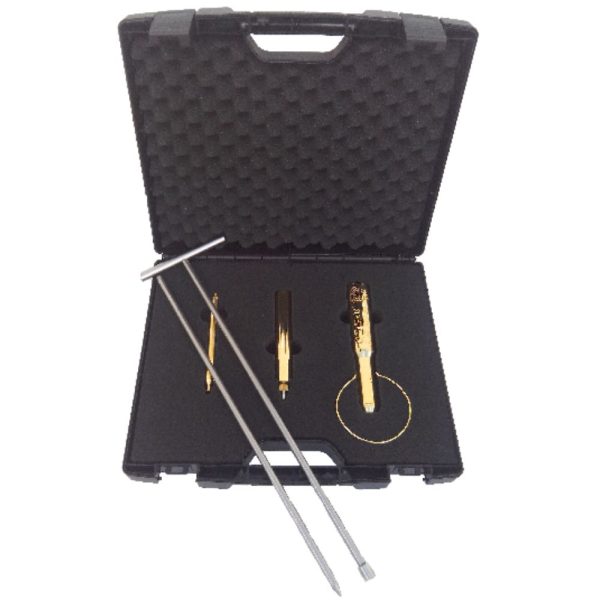
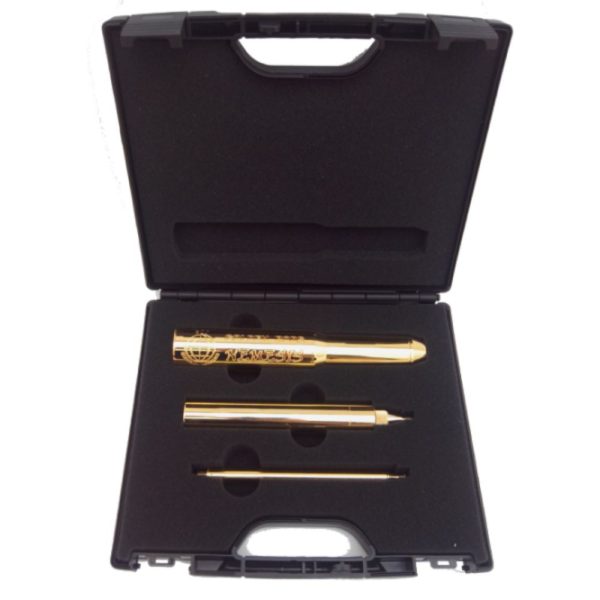
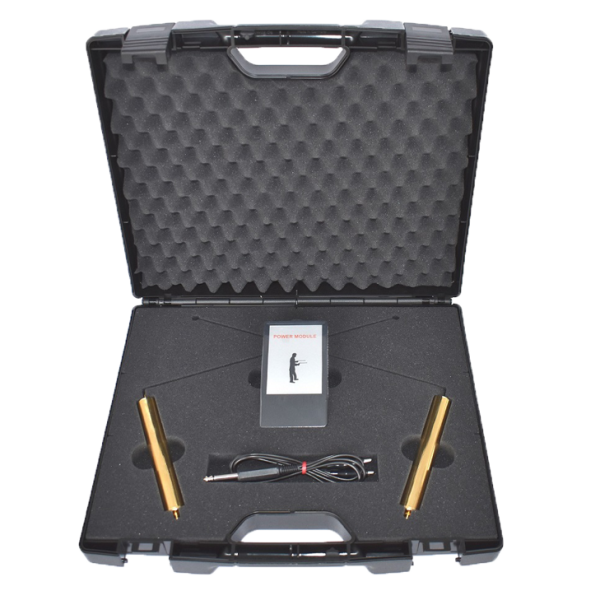


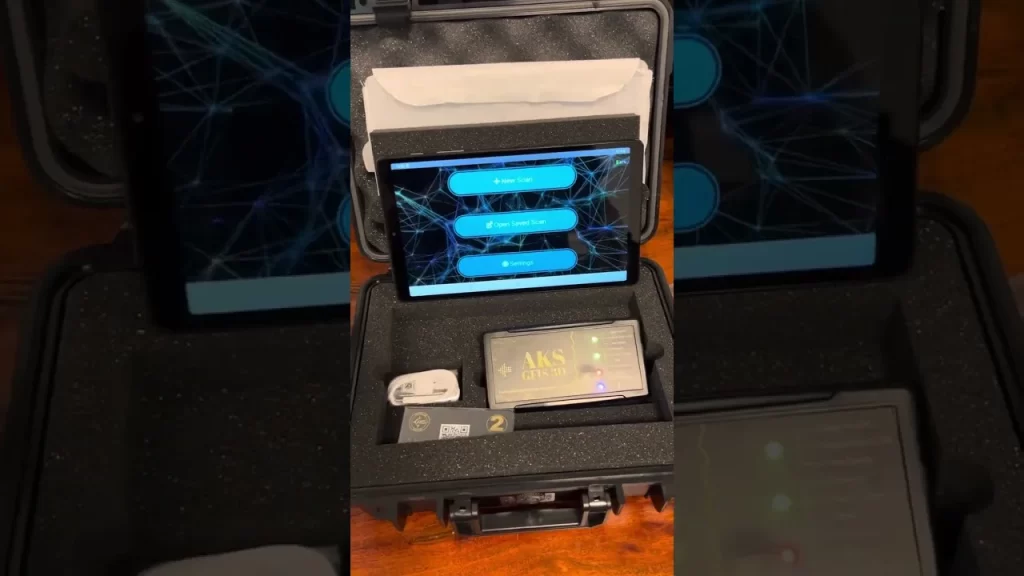
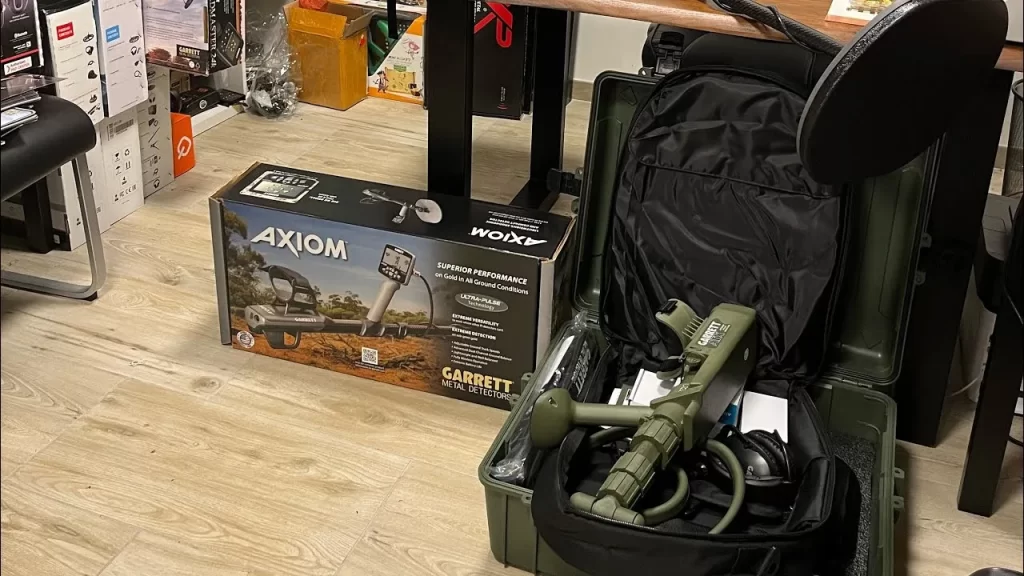
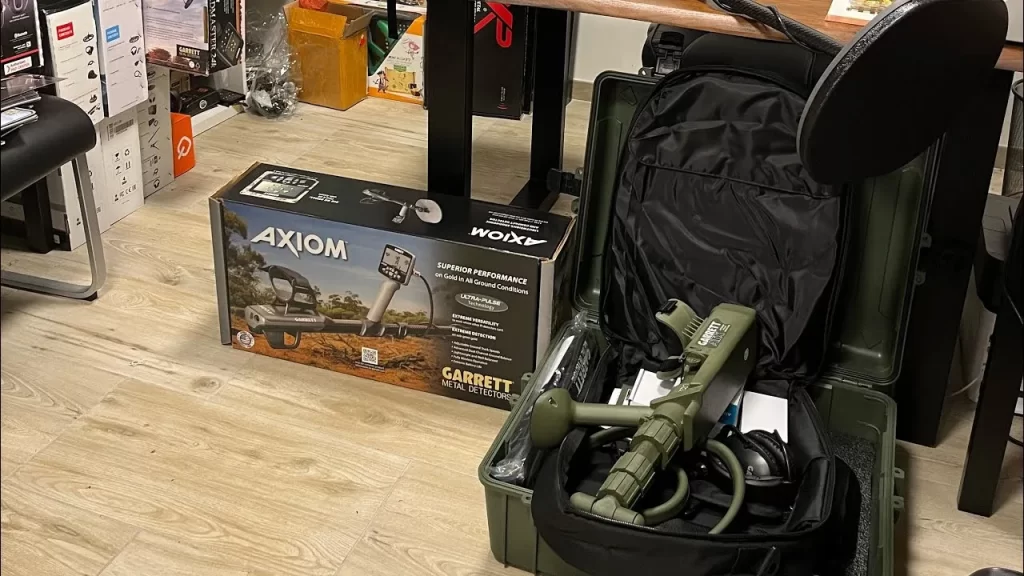
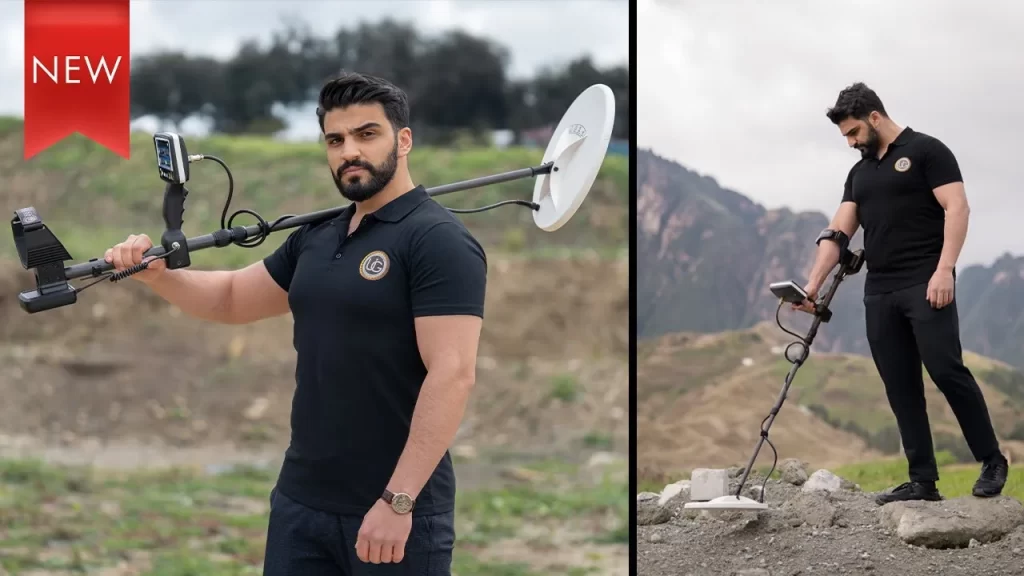

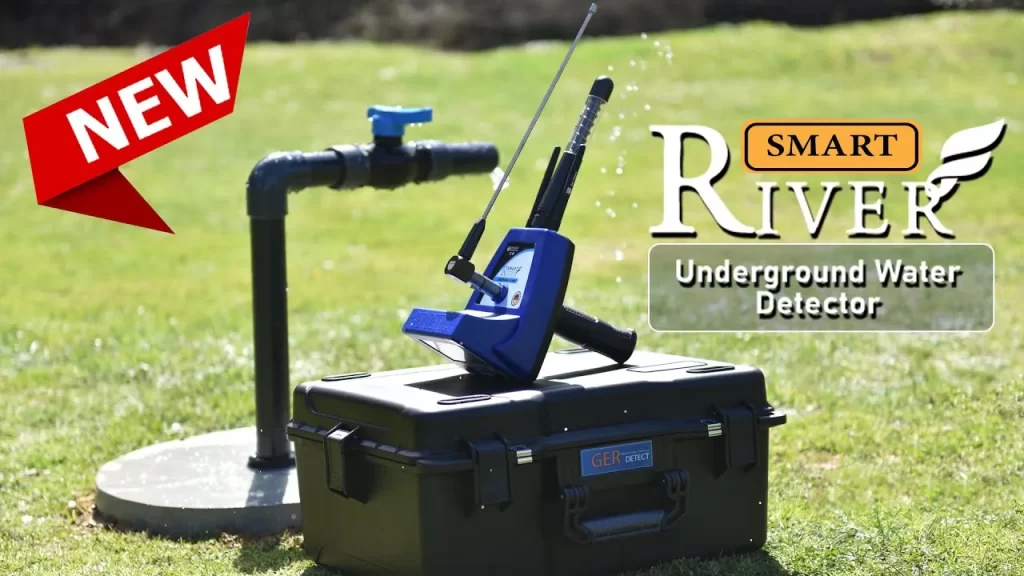
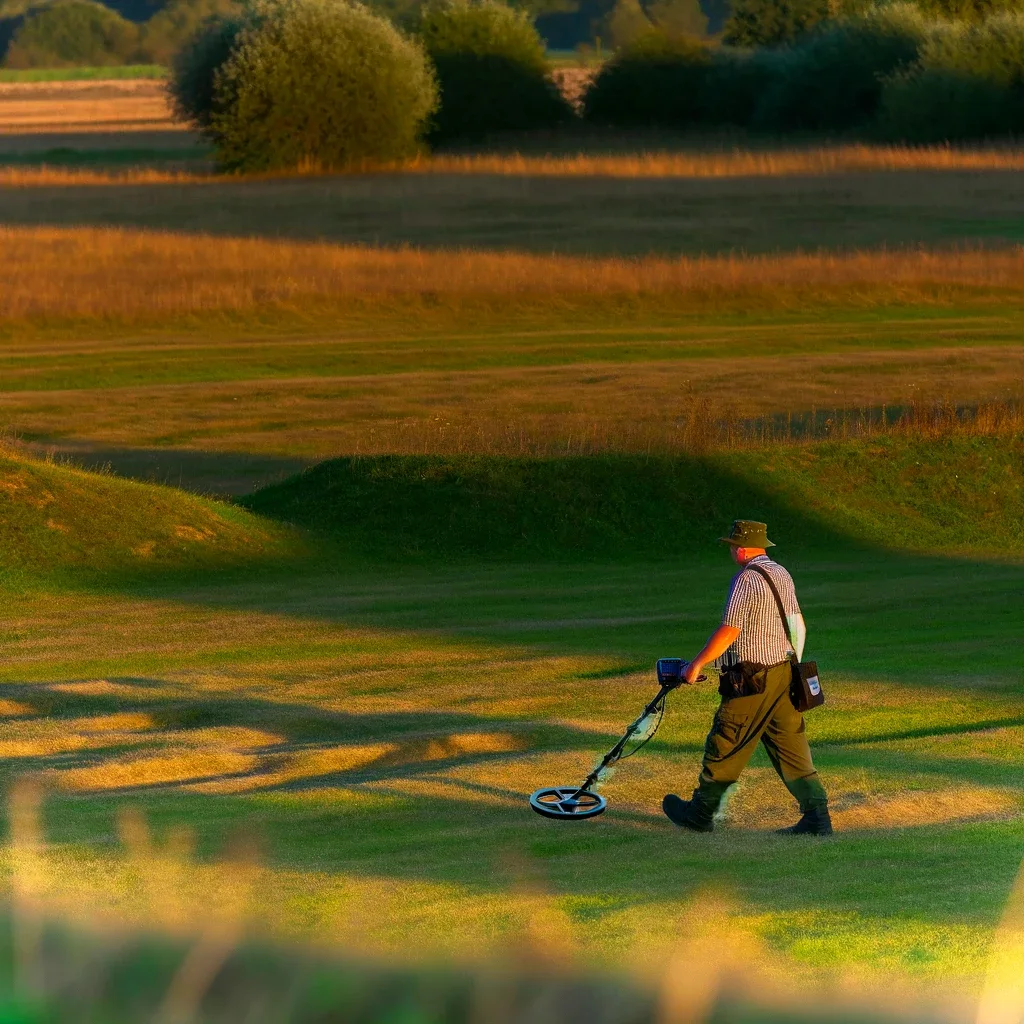
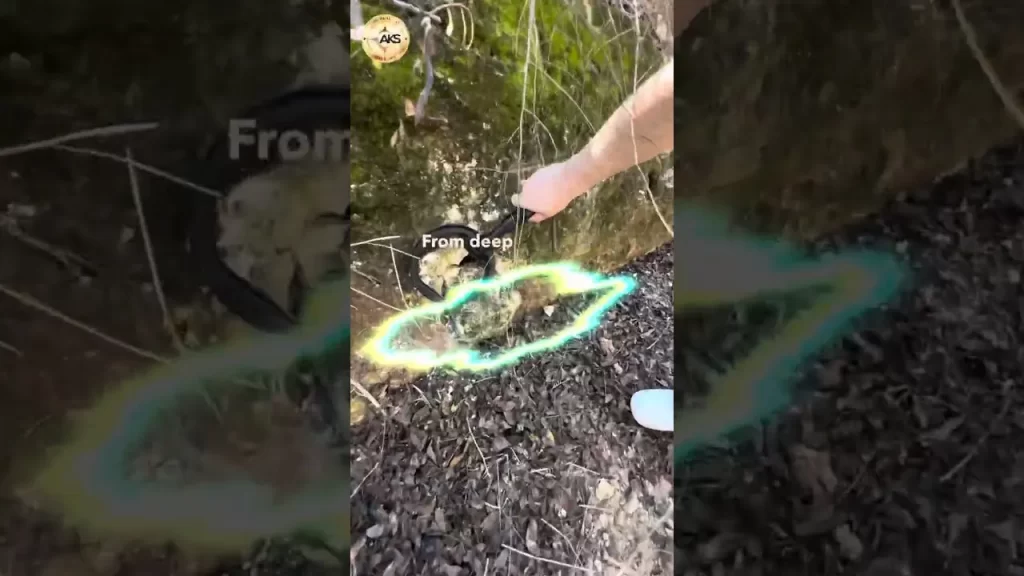

0 Comments